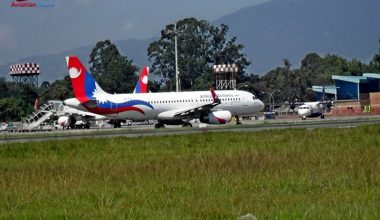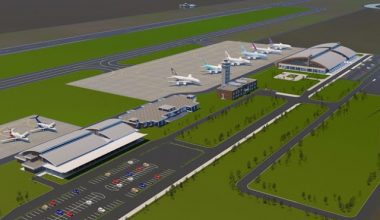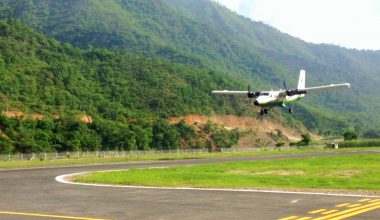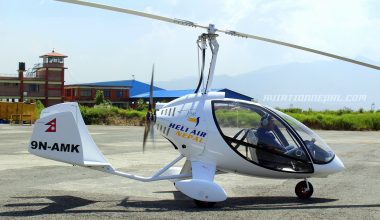-KATHMANDU
A Canadian Tourist Randle Ferish Baker with PP No. 122473 died on Dolpa yesterday due to the lack of immediate medical evacuation and medical treatment following the lengthy permission for the Helicopter rescue on restricted areas.
According to the source, a Simrik Air Helicopter had applied for the emergency rescue flight permission to the Home Ministry yesterday but due to the lengthy documentation process the Canadian tourist was not able to be evacuated at the immediate time and lost his breath.
The Helicopter flight operators earlier had addressed the government regarding the long provision to allow permission to fly helicopters in some restricted areas of Nepal. The rescue operation at the place was not on time due to the delay caused by Dolpa’s Chief District Officer to prepare a recommendation process, stated a source. When the emergency rescue flight permission was applied to the Home Ministry and the concerned personnel tried to contact CDO for the recommendation, he had been on a meeting and could not entertain the emergency case call on time.
The airline upon not receiving the rescue permission from Home Ministry on the time had dispatched their helicopter late from Pokhara base for rescue after coordination with Dolpa’s Chief District Officer (CDO) and District Superintendent of Police. But the Pilot in Command (PIC) in the flight noted that the tourist had already died. The PIC also stated that this is not a very first time that the tourist died due to delay on rescue flight permission by the government.
Due to this, the tourists who have to be immediately rescued have been suffering a major problem. Especially tourists visiting Mustang are found to be victims of this problem more often.
A man comes out of a helicopter, ties himself in a sling rope and slowly moves down through hoist attached at the bottom of the helicopter and goes down at any altitude to save another man at any location around the earth. Yes, this operation can be modified into carrying cargos, loads, constructing materials, scientific structures, communication antennas, vehicles or any calculated possibilities. But, saving the life has to be the best contribution that rotorcraft will continue to provide for earth’s inhabitants.






